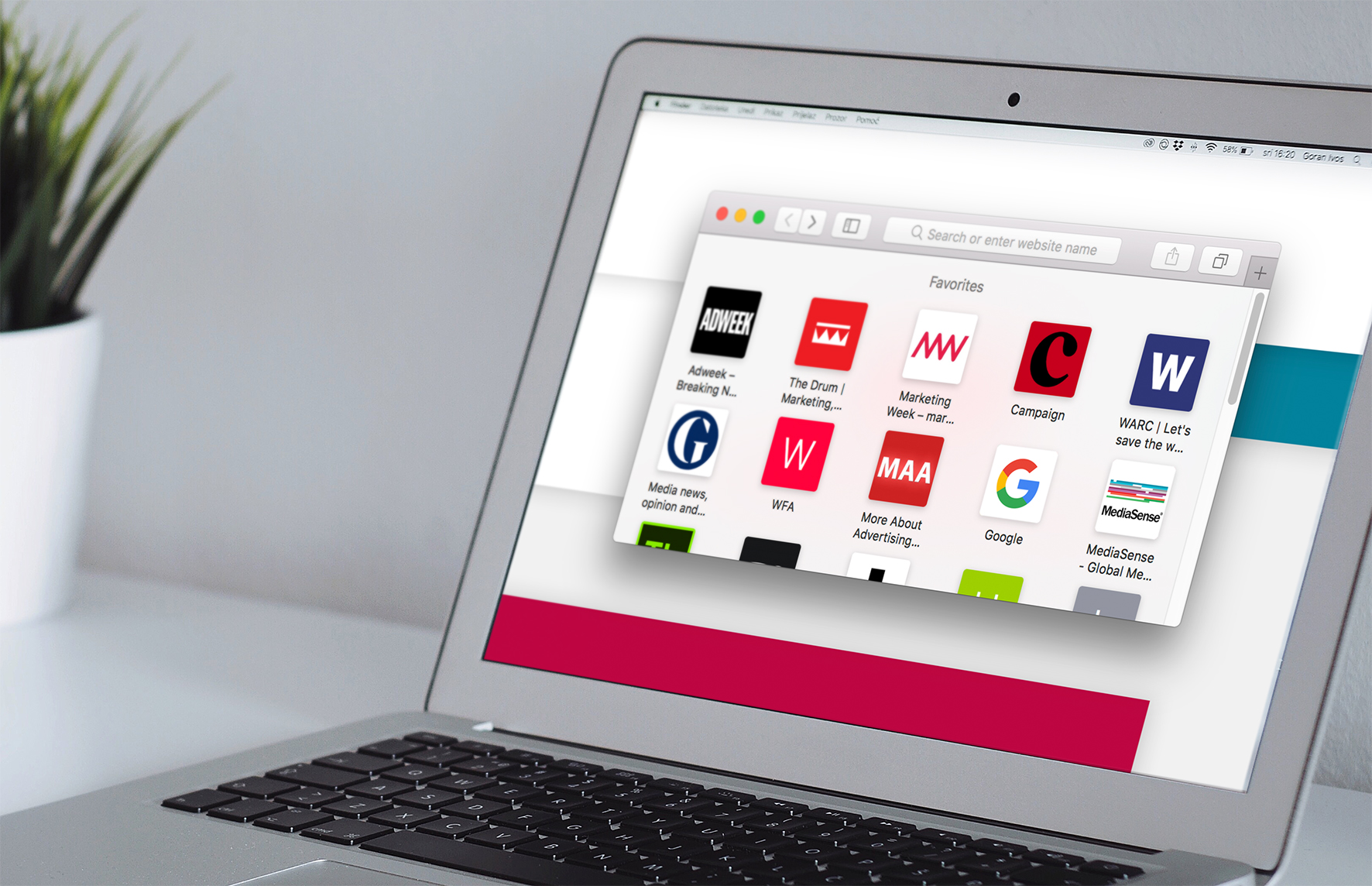
MediaSense’s Ben Parnall, Anita Barnett, Max Youngman, Andrew Mills and Joe Boulter round up a month in media and marketing.
Perspectives on the future of audio – Spotify are focused on increasing their share of in-car listening
Spotify may be well positioned to take a larger share of listening time in the coming years; through general advancements in tech and Spotify’s own content innovation. With significant advancements in voice command tech in recent years and the rapidly growing connected car market is making using streaming services in the car increasingly accessible. Spotify have identified the importance of combining “spoken word” content and music and have launched Your Daily Drive in the US and Germany – a daily personalised playlist which combines podcasts and music.
Further reading via Mediatel.
Could gaming become its own media channel?
Gaming has seen a huge shift in audience over the last decade, firstly with YouTube and then dedicated streaming platforms like Twitch, gamers are no longer just playing but viewing content – creating a vast, young audience. The article discusses the current agency and brand perspectives and claims that awareness and interest is growing from both sides. Several brands have already tested out multiple avenues – sponsoring eSports events, advertising on Twitch and building in-game brand placement.
Further reading via Mediatel.
Direct-to-customer brands increasing ad spend
There has been a massive rise in the number of DTC brands in the market over the past couple of years – with many using podcasts and YouTube advertising as a cost effective way to reach audience. Now many are moving away from direct response and instead focussing on increasing brand awareness and consumer acquisition, shifting advertising strategies to closer align with “standard companies”.
Interestingly, this sentiment can be seen echoed through quotes from a DTC CMO in the Campaign article below.
Further reading via Adweek.
Disney bans Netflix adverting
Disney has announced a ban on all advertising for Netflix shows across all its networks due to soon to launch Disney+ service (including ABC, FX and Freeform, although ESPN will continue to accept such spots.) Disney had initially looked to ban all competitive ads, but then reversed course and agreed to accept ads for Apple TV+ and Amazon shows (settling to ban Netflix). This move is another sign of the increasingly competitive landscape, as the media and tech sectors are engaged in a high-stakes battle for streaming supremacy.
Further reading via Deadline.
Launch of Apple News+
A subscription service covering over 150 digital newspapers and magazines for £10 a month. It’s an upgrade from the free Apple News, offering a Netflix style experience, where articles from a range of publishers will be shown together on your home page, tailored to you by their algorithm. The article dives into the platform’s utility for potential subscribers. Whether this will help the featured publishers though remains to be seen, given that a few them appear to be offering the same service through Apple that they are giving to their current individual users – at a greatly reduced rate.
Further reading via The Verge.
Changes afoot for advertising on Snapchat
Snapchat has expanded its available formats, and will now offer longer form advertising opportunities, while also offering goal-based bidding, enabling optimisation towards 15 second views. This will help bring advertising on Snapchat more in line with other social media platforms, expanding its range and ability to cater for different creative formats.
Further reading via Campaign.
How the Express is making a success of the UK’s Brexit-focused news cycle –
At least some people are benefitting from the nation’s increasingly extreme partisan views! The online sites for the Guardian and Express have been drawing in more traffic by framing their Brexit-related content so that Google searches on the topic directs readers to their sites. This is particularly impressive for the Express who have used search optimisation to increase their mobile traffic by 90% since last year.
Further reading via the Drum: